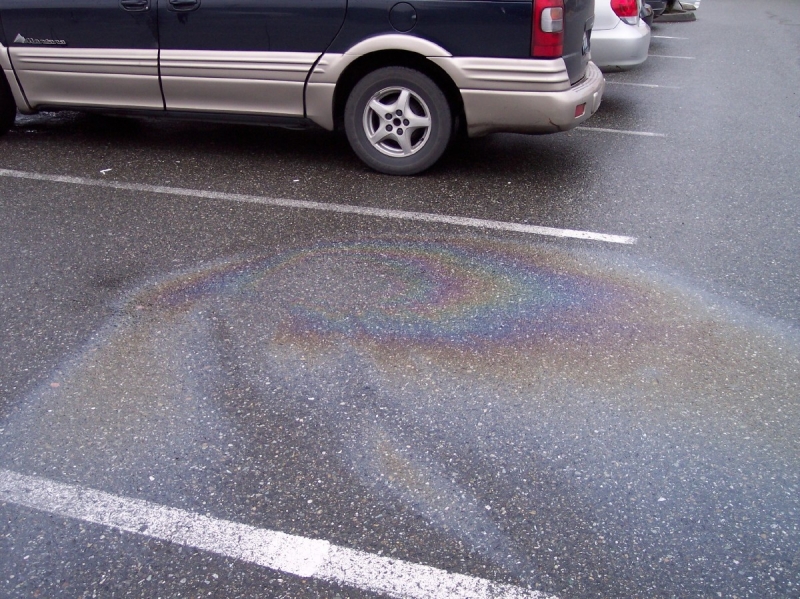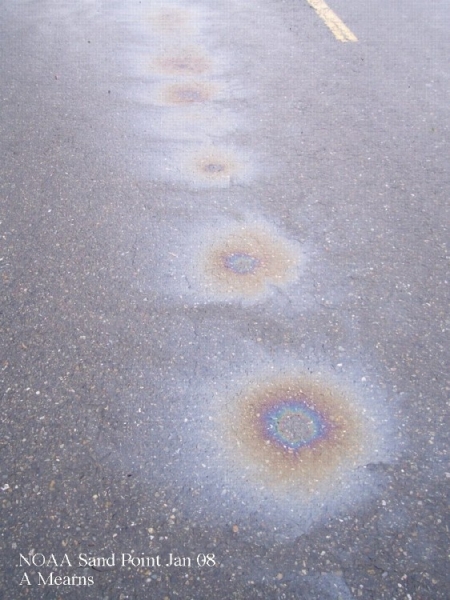
With springtime comes a string of rainy days and an increased risk of driving accidents, but did you know that the first rain after a dry spell is actually the most dangerous?
If not, that’s okay, neither did Daniel Eisenberg, post-doctoral researcher at the University of California, Berkeley’s School of Public Health. When Eisenberg first set out to provide data on what road conditions presented the greater risk, he expected to see a positive relationship between the amount of precipitation and the rate of fatal traffic accidents, he said in a UC Berkeley press release.
In his 2003 study, Eisenberg found that how much rain or snow had accrued on any given day did not matter as much as how much rain or snow had fallen before that day. For example, if today were a rainy day but yesterday was just as rainy, there isn’t really an increased risk for accidents. But on a day following a long period without rain or snow? That’s when the real risky driving takes place.

How risky you might ask? Well according to Eisenberg, if two days have passed since the last rain, the risk for a deadly accident goes up by 3.7 percent. This number gets bigger the longer an area has gone without rain, so just imagine how dangerous the first rain after a bone dry summer must be.
So what causes it? In the release, Eisenberg credits a well-known explanation — oil. Oil builds up on roads over time, and without any rain to wash it away, it just kind of sits there. And then once the rain does come, the oil mixes and floats on top of the water creating a rainbow-colored sheen.
Following the 2010 Deepwater Horizon oil spill, rainbow sheens of the same variety led some people to question whether or not it might actually be raining oil in the Gulf of Mexico — a myth that both NOAA and the Environmental Protection Agency quickly debunked.
“The notion of oily rain is a myth. Oil as a whole does not evaporate — it is not possible that it would be in the clouds or coming down in the form of rain,” NOAA was quoted stating in a Mother Jones article titled “Cloudy With a Chance of Tarballs.” “Oil is made up of component parts, some of which are volatile and do evaporate into the atmosphere, but these separate and diffuse out into the air. Other component parts do not evaporate and are left behind as weathered oil, residue or tar balls.”
So although the roads may be a little slick during spring showers, you can at least count yourself lucky that it doesn’t actually rain oil. If you do happen across rainbow sheens on the highway, drive with caution and avoid sudden braking.
Stay dry, drive safe, and have a happy spring!
